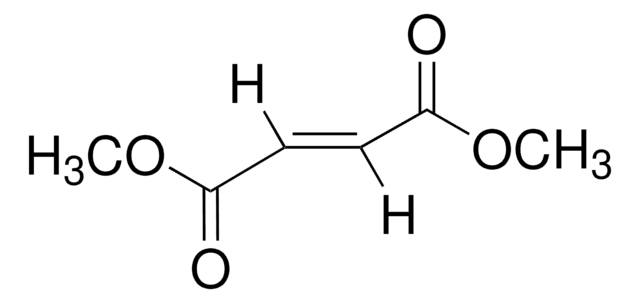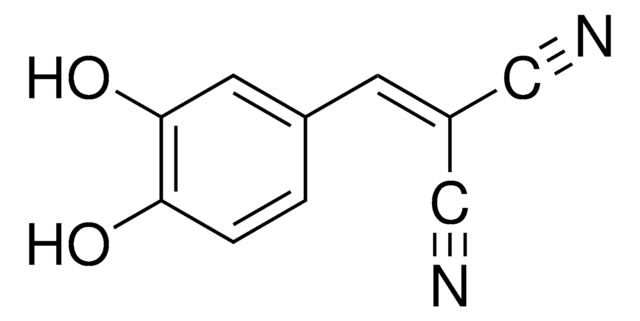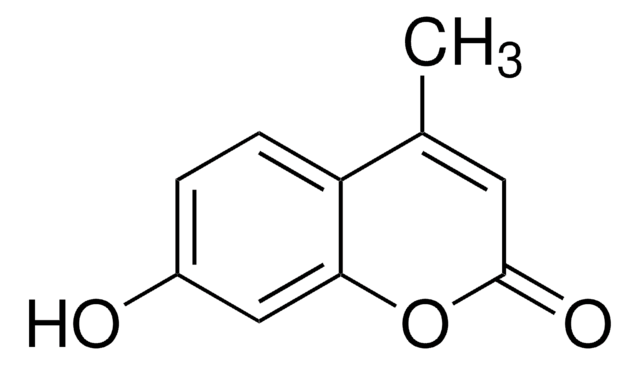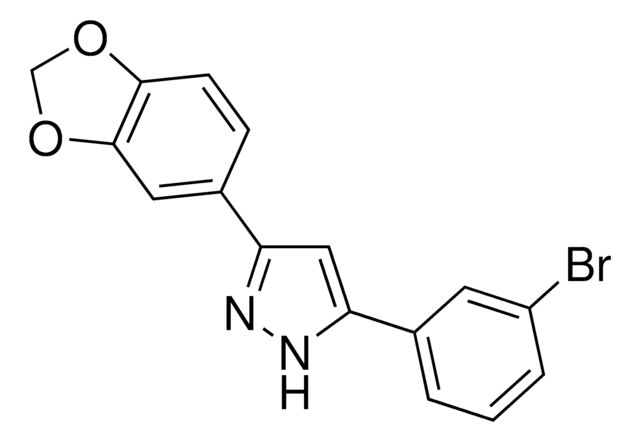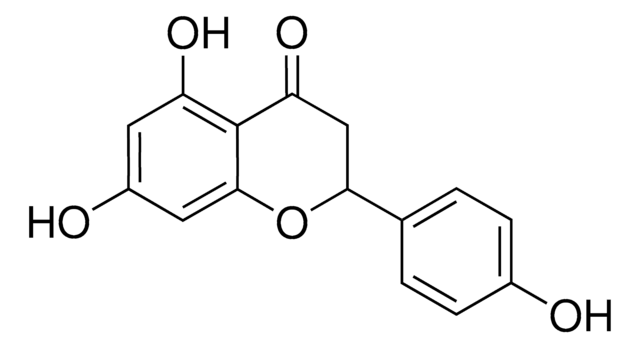推荐产品
质量水平
方案
≥98% (HPLC)
表单
powder
颜色
white to beige
溶解性
DMSO: 10 mg/mL, clear
储存温度
2-8°C
SMILES字符串
O=C(N1CCCCC1Cc2ccccc2)n3cc(nn3)-c4ccc(cc4)-c5ccccc5
InChI
1S/C27H26N4O/c32-27(30-18-8-7-13-25(30)19-21-9-3-1-4-10-21)31-20-26(28-29-31)24-16-14-23(15-17-24)22-11-5-2-6-12-22/h1-6,9-12,14-17,20,25H,7-8,13,18-19H2
InChI key
JKJMWHULJIOKPJ-UHFFFAOYSA-N
正在寻找类似产品? 访问 产品对比指南
生化/生理作用
KT109是二酰基甘油脂肪酶DAGLβ的有效和选择性抑制剂。 二酰基甘油脂肪酶DAGLα和DAGLβ是丝氨酸水解酶,可生物合成内源性大麻素2-花生四烯酰基甘油(2-AG)。 缺乏选择性抑制剂阻碍了这些脂肪酶的研究。 KT109是一种有效的选择性DAGLβ抑制剂,IC50为42 nM,对DAGLβ的选择性是DAGLα的约60倍,对FAAH,MGLL和ABHD11(参与内源性大麻素信号传导的其他关键酶)的活性可忽略不计。 KT109对PLA2G7(IC50 = 1 μM)表现出一定的抑制活性,但对胞质磷脂酶A2(cPLA2或PLA2G4A)没有抑制活性。 可以通过使用相关化合物KT195,强效(IC50 =10 nM)和选择性ABHD6抑制剂(对DAGLβ的活性可忽略不计)来控制针对ABHD6的主要脱靶抑制作用(IC50 =16 nM)。KT109破坏了参与巨噬细胞炎症反应的脂质网络,降低了小鼠腹膜巨噬细胞中的2-AG以及花生四烯酸和类花生酸。
警示用语:
Warning
危险声明
危险分类
Acute Tox. 4 Oral - Aquatic Chronic 4
储存分类代码
11 - Combustible Solids
WGK
WGK 3
闪点(°F)
Not applicable
闪点(°C)
Not applicable
历史批次信息供参考:
分析证书(COA)
Lot/Batch Number
Ku-Lung Hsu et al.
Nature chemical biology, 8(12), 999-1007 (2012-10-30)
The endocannabinoid 2-arachidonoylglycerol (2-AG) is biosynthesized by diacylglycerol lipases DAGLα and DAGLβ. Chemical probes to perturb DAGLs are needed to characterize endocannabinoid function in biological processes. Here we report a series of 1,2,3-triazole urea inhibitors, along with paired negative-control and
Ku-Lung Hsu et al.
Journal of medicinal chemistry, 56(21), 8257-8269 (2013-10-25)
We have previously shown that 1,2,3-triazole ureas (1,2,3-TUs) act as versatile class of irreversible serine hydrolase inhibitors that can be tuned to create selective probes for diverse members of this large enzyme class, including diacylglycerol lipase-β (DAGLβ), a principal biosynthetic
Bogeon Yun et al.
The Journal of biological chemistry, 289(3), 1491-1504 (2013-12-04)
Perturbation of calcium signaling that occurs during cell injury and disease, promotes cell death. In mouse lung fibroblasts A23187 triggered mitochondrial permeability transition pore (MPTP) formation, lactate dehydrogenase (LDH) release, and necrotic cell death that were blocked by cyclosporin A
相关内容
The Cravatt group develops innovative technologies to understand enzyme roles in disease, focusing on activity-based protein profiling.
我们的科学家团队拥有各种研究领域经验,包括生命科学、材料科学、化学合成、色谱、分析及许多其他领域.
联系技术服务部门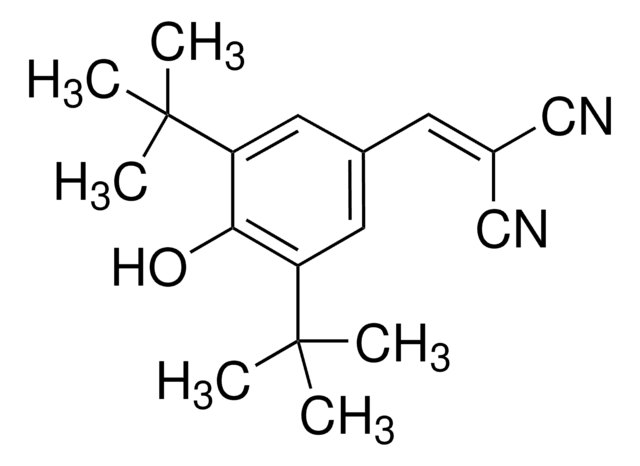
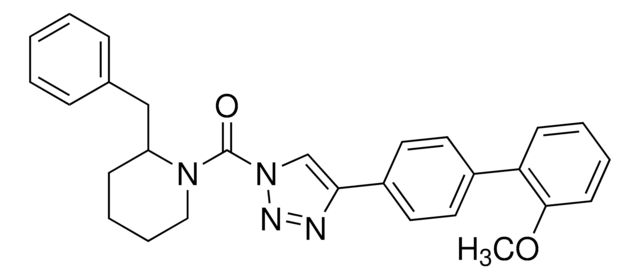

![N-(3-[2-Furyl]acryloyl)-Ala-Lys powder](/deepweb/assets/sigmaaldrich/product/structures/635/760/584cac72-6681-4a81-bc19-fea2a23bb564/640/584cac72-6681-4a81-bc19-fea2a23bb564.png)
